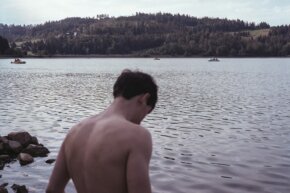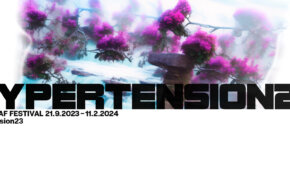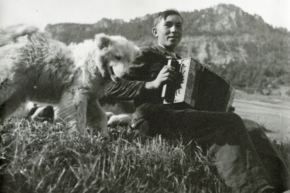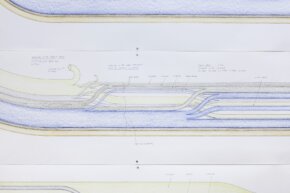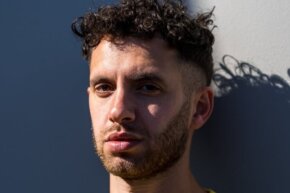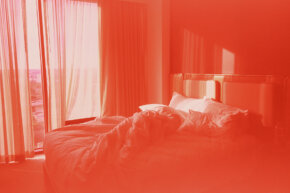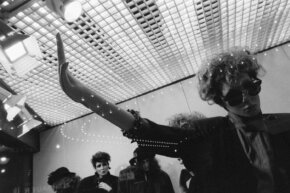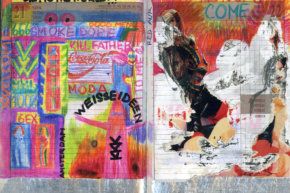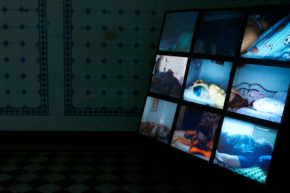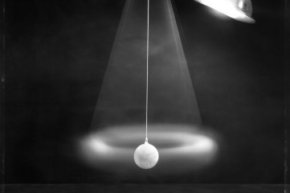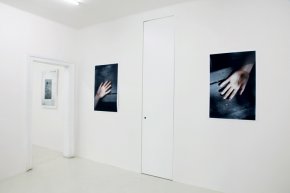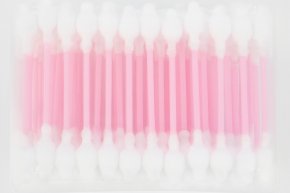Fotograf Magazine
Book Launch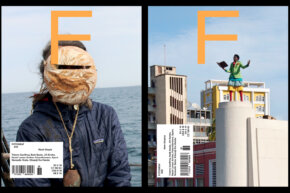
Fotograf #36 New Utopias
— launch of the magazine
on Thursday, June 11, at 6pm
The newest edition of Fotograf Magazine offers new utopias for the 21st century. It is not only due to the pandemic that we feel a need to stop and consider new ways in which society can function. We invite you to experience a utopian stream of ideas and try out the format of the “critical run”. This is an opportunity for those among you more prone to action to join us for a short run, one whose aim is not sport but mental achievement in the form of a kind of “running debate”. Slow running. In sport shoes. About new utopias.









